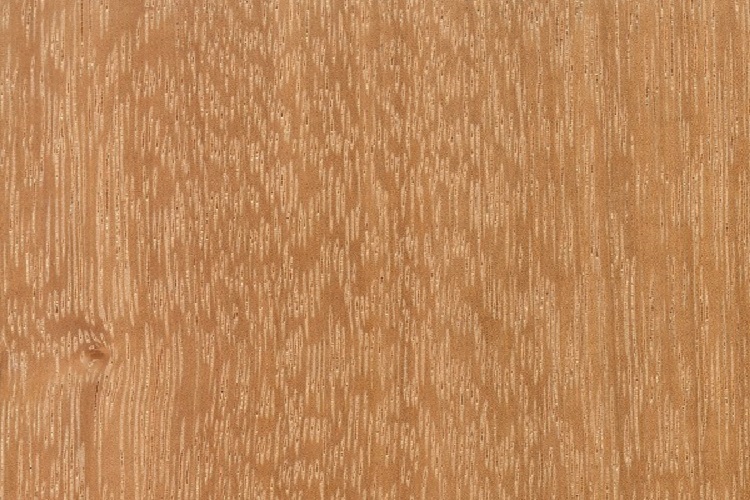

Afzelia, doussie WOOD (Afzelia spp.)
Doussie is a beautiful orange-brown wood. It is one of most popular species that are imported into Europe. In Central and West Africa is considered a sacred and healing. Essential oils have Doussie supposedly curative effect on the human body. Doussie is very stable.Sometimes sold under the name Afzelia, Doussie has been compared to both Mahogany and Teak for its favorable appearance, durability, and stability.. This Specie Can be produced and shipped in Saw logs, Peeled Logs, Square edged timber, Round edged timber, Flooring boards, Finishing boards, Unedged boards, Square logs, Decking boards, Parquet floors, Floor planks, Wall coverings(Veneers Sheets), Plywood, Roof coverings, Rattan, Sleepers, Polls and proprietary grade hardwood products of both finish and unfinished.
Buy This Wood Require More Details Product List Company's Catalogue
Agrowooders Is A "People, Customer, & Environmental-Oriented Organization"
"At Agrowooders, our mission is to provide quality agro(farm) And wood products to businesses and individuals worldwide. We are committed to providing the highest quality products and services to our customers while maintaining a commitment to environmental sustainability.".......... Read On!
